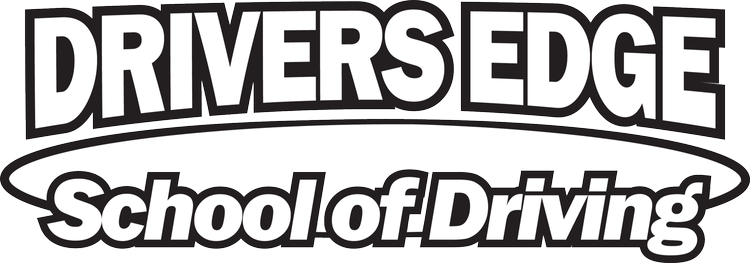“How to make a Left Turn Part 1”
UPS tries to eliminate left turns from their delivery routes, but for everyday people the left turn is unavoidable. Turning left requires drivers to pay attention to multiple signage and vehicle movements from different directions. On some left turns, you have to pay attention to oncoming traffic for others it's cross traffic. In the next two weeks, we will cover the steps and actions to safely make left-hand turns.
The first situation we will look at is a left turn at a traffic light.
Step 1:Locate the turning lane. This may either be a dedicated turning lane or the furthest left lane. There should be signs leading up to the intersection or on the traffic lights indicating which lanes allow for traffic flow.
Step 2: Navigate to the left turn lane. Indicate with your left blinker and smoothly turn your wheel into the lane like you might while changing lanes. Keep your left turn blinker on until you complete the entirety of the left turn.
Step 3: Determine how the light operates. Look at the traffic light. There may be a dedicated left turn signal or it will be incorporated into another light. Read and follow the signs posted on the light if the light is red. Stop behind the line. If the light has a green arrow proceed with caution. Pedestrians have the right of way and often cross the road at intersections. If the light is indicating left turn yield, either by a solid circular green light or flashing arrow, yield and proceed when the coast is clear.
Step 4: Consider the space and time need to make the turn. Traffic should only be coming directly at you at a traffic light. Vehicles that are turning right have the right of way, even if they slow down to make the turn safely. You must wait for them to turn before the coast is clear. Look in the distance and attempt to judge the distance between vehicles. Only turn if you are 100% certain you can make the turn without impeding traffic. If visibility is obstructed wait until it is not. Waiting a minute for a better opportunity to turn is far better than being involved in a wreck. Once the road is sufficiently clear, make your turn.
Step 5: Turn left. Accelerate smoothly, look around the turn where you want to go and turn the wheel to the left to maneuver into the nearest lane going in the correct direction of traffic. Speed up to speed and change lanes into the right lane if you are not already there.
Step 6: Continue on your way. Follow the rules of the road and safely drive to your desired destination.
Making a left turn at an intersection is one of the most dangerous maneuvers done daily in a vehicle. It can be done safely with proper training and patience. The gap in traffic may be small or your vision may be blocked, if this happens take a breath and wait for a better and safer opportunity. In next week’s blog, we will cover other instances when you turn left.
